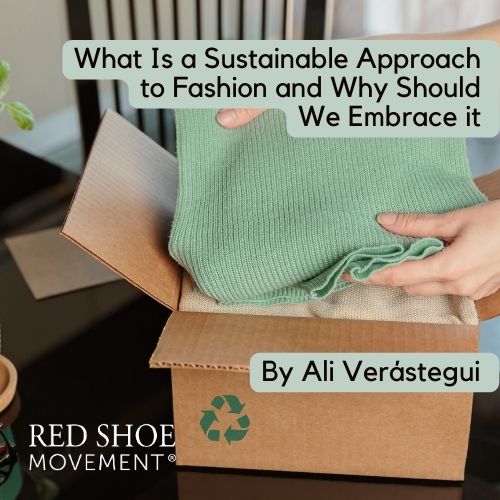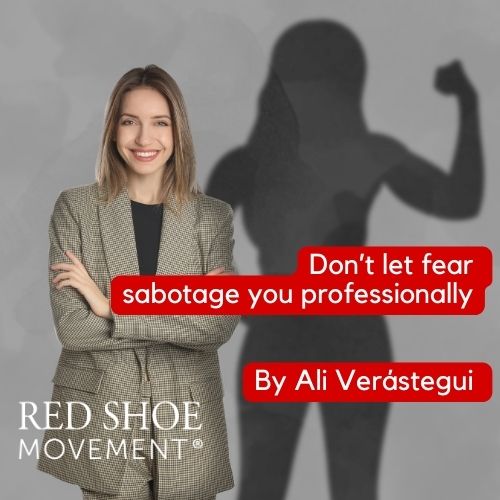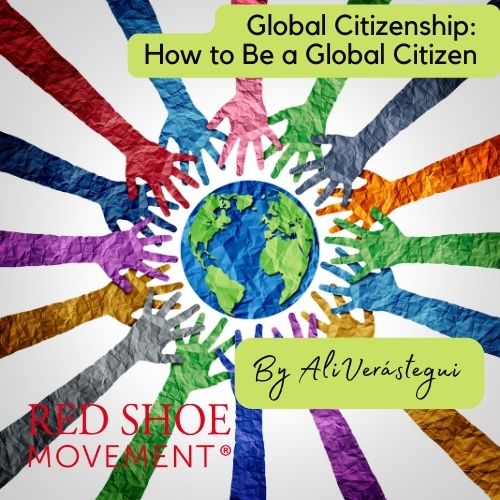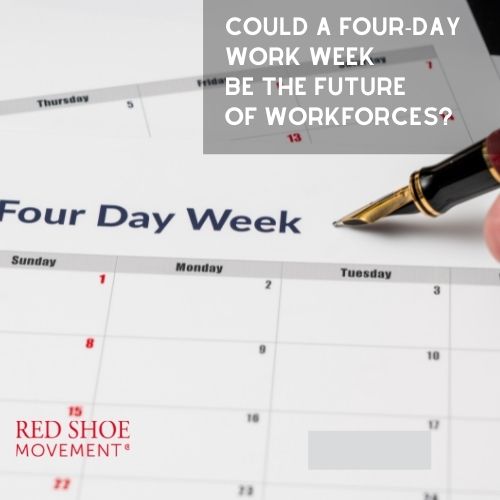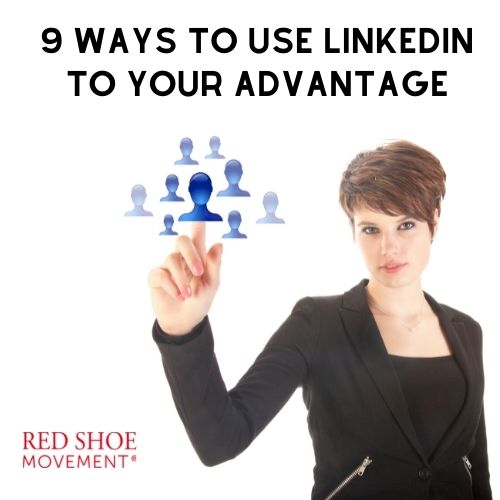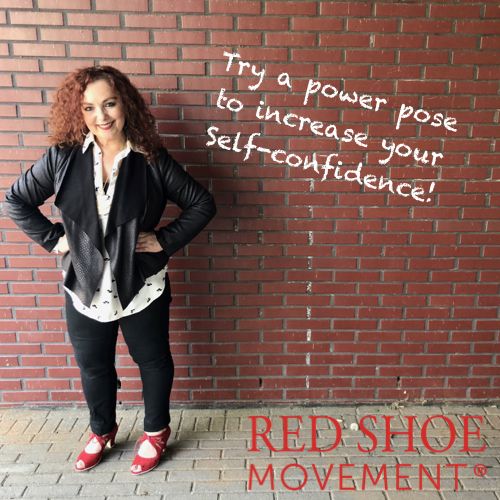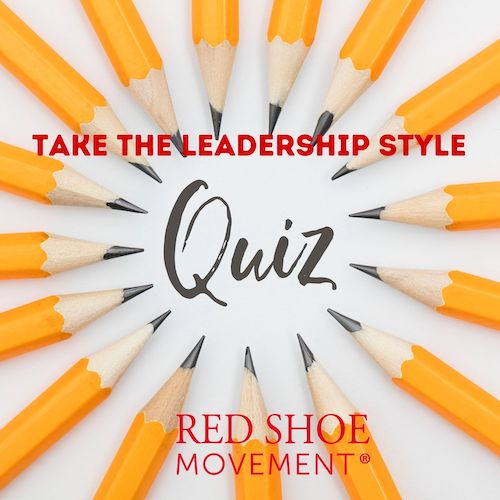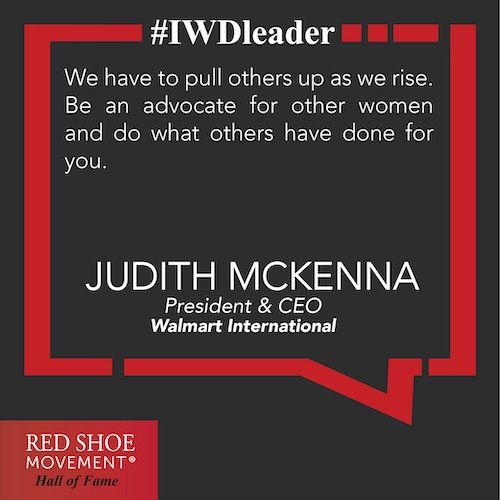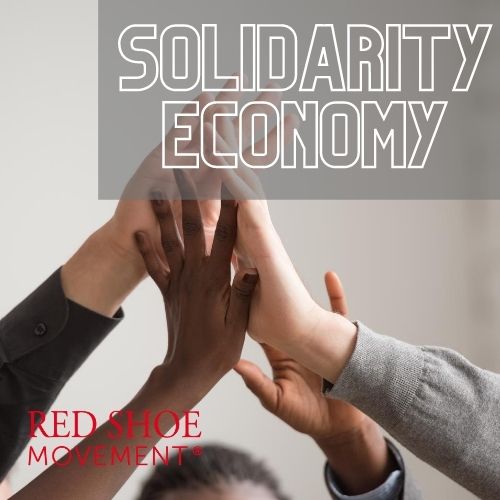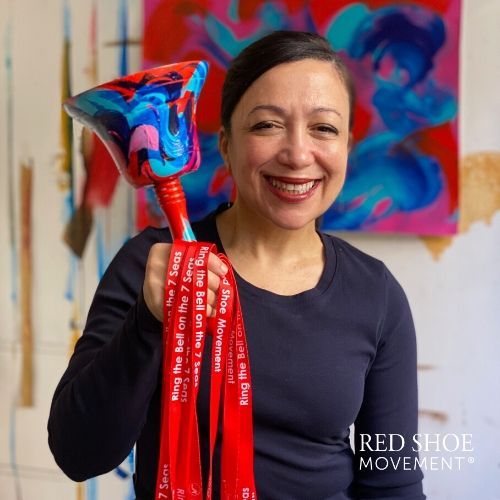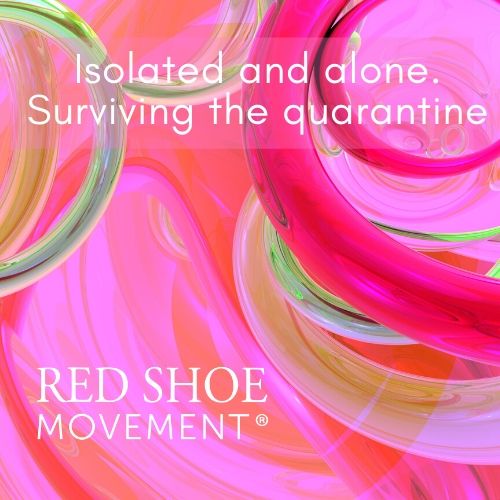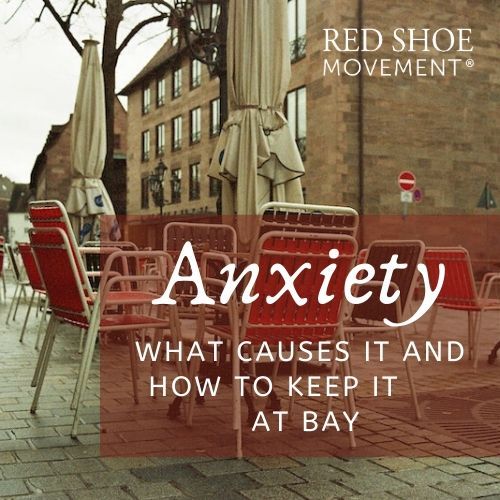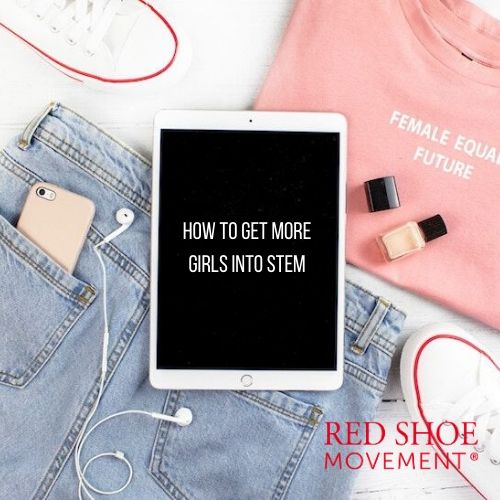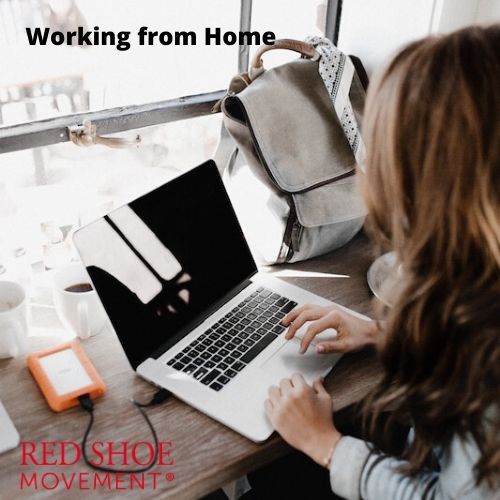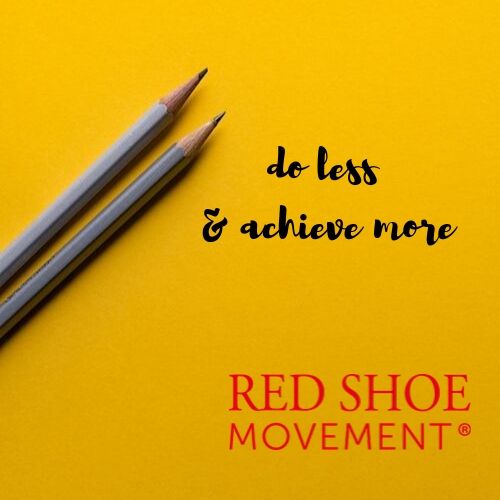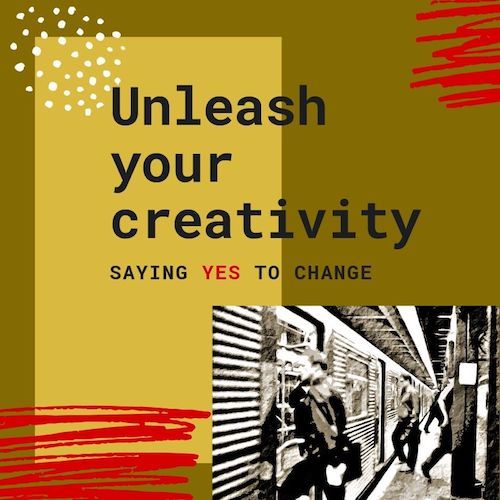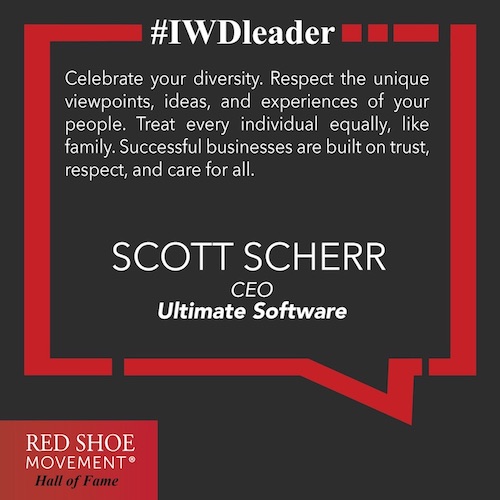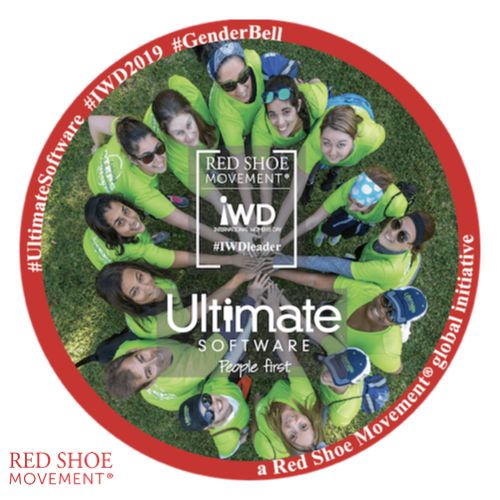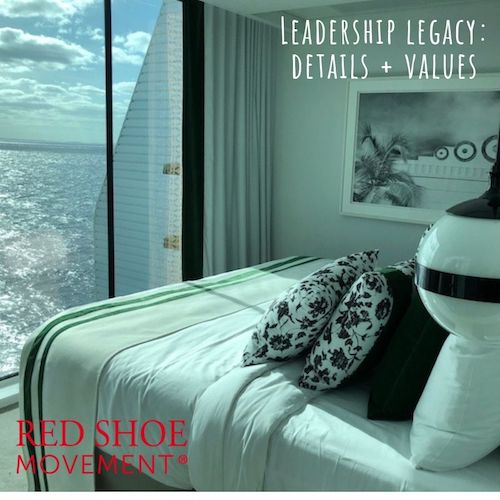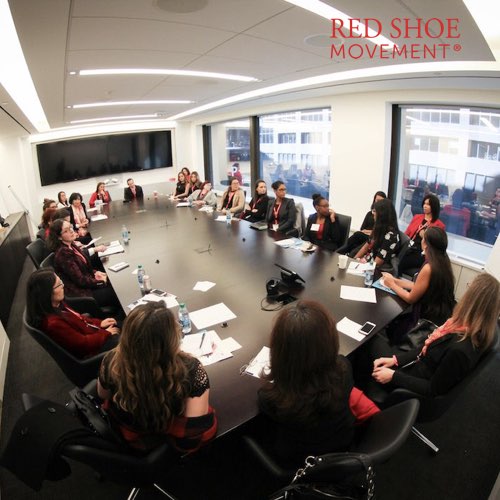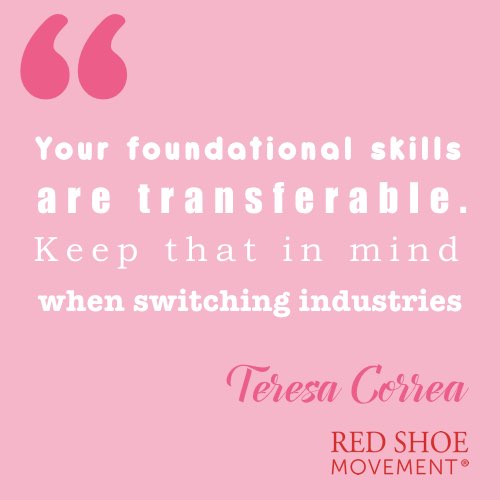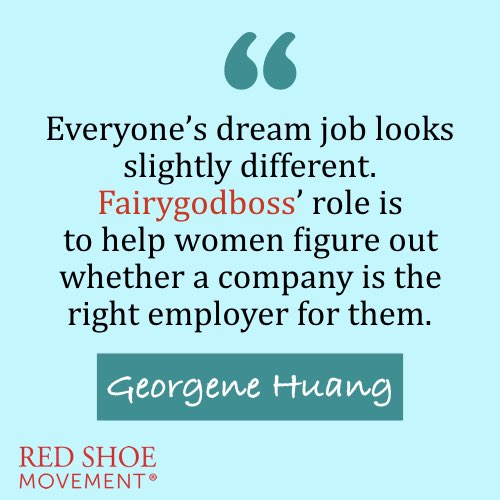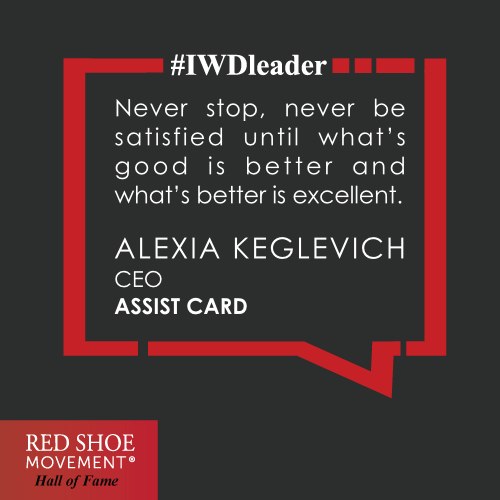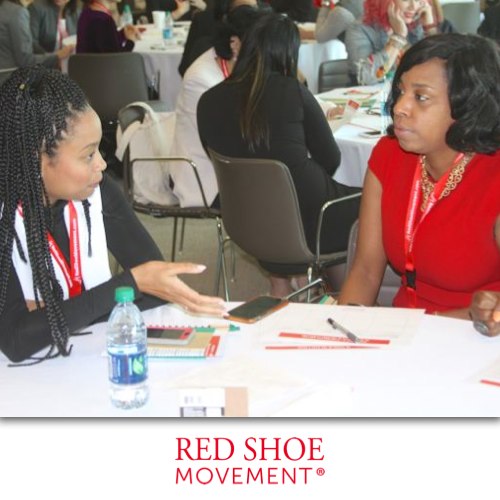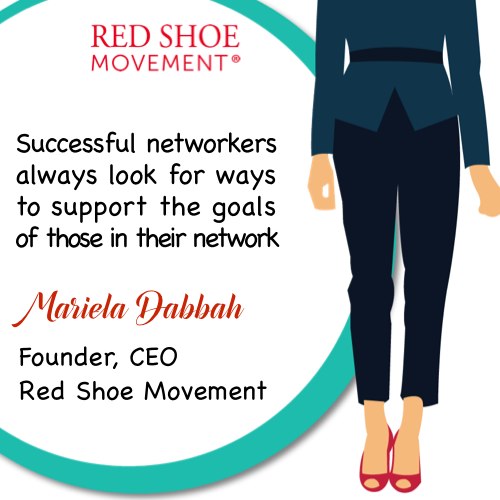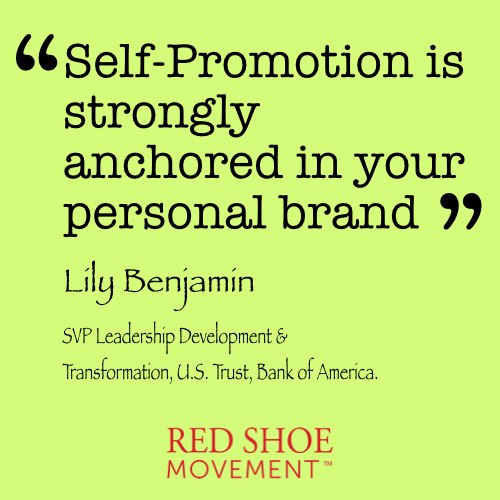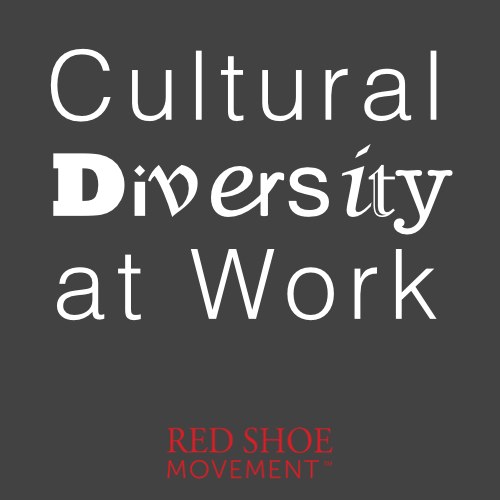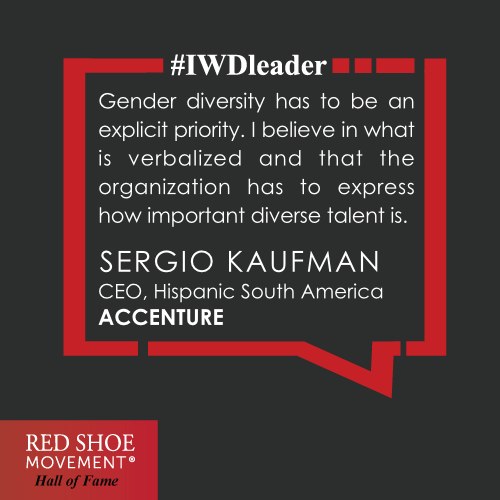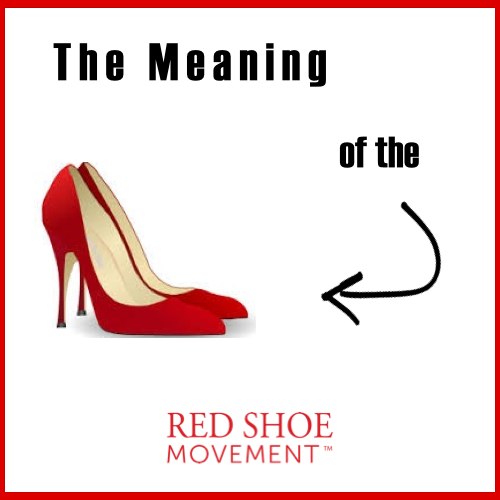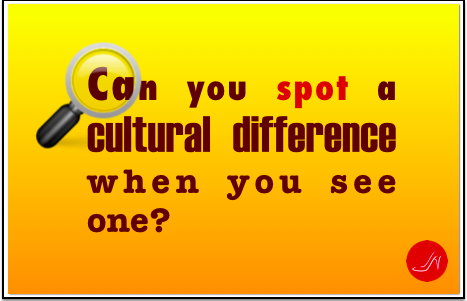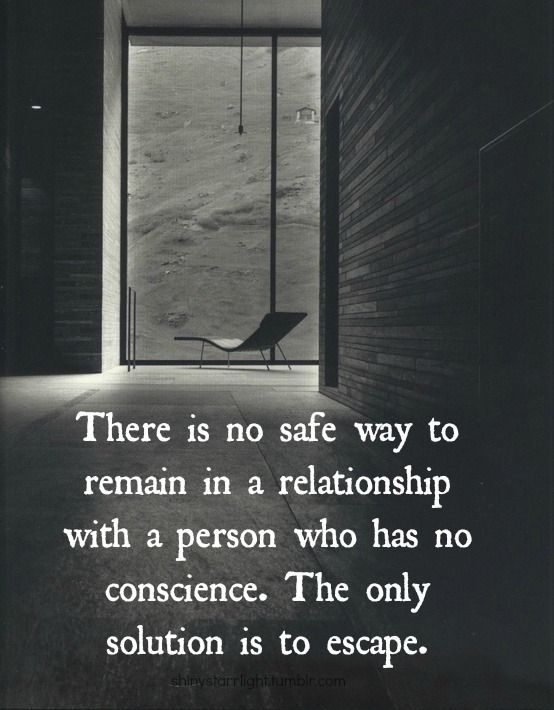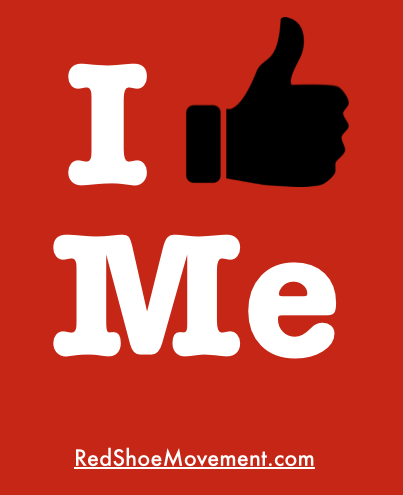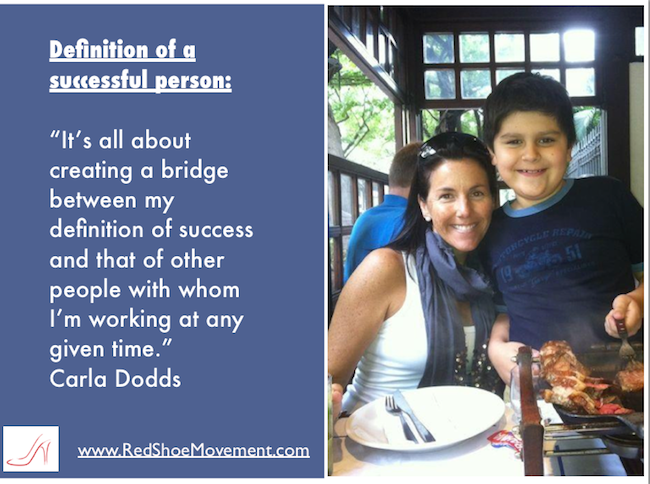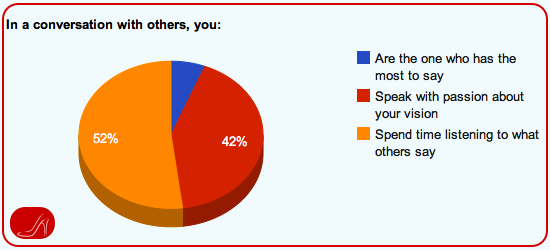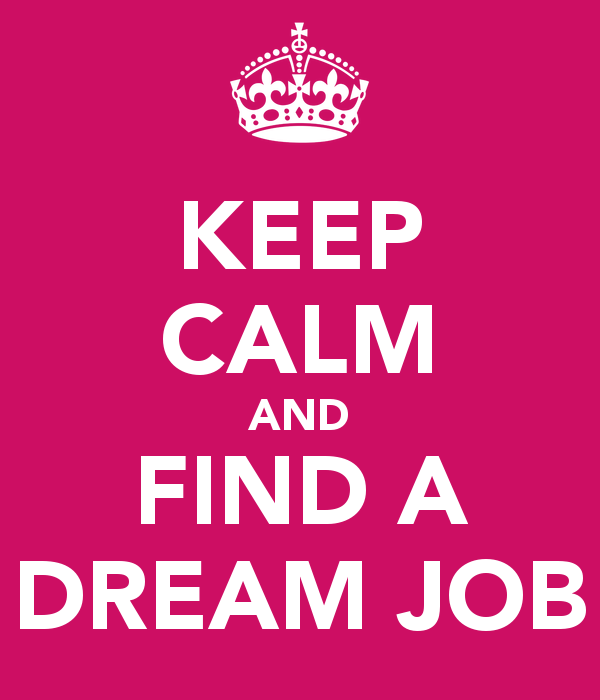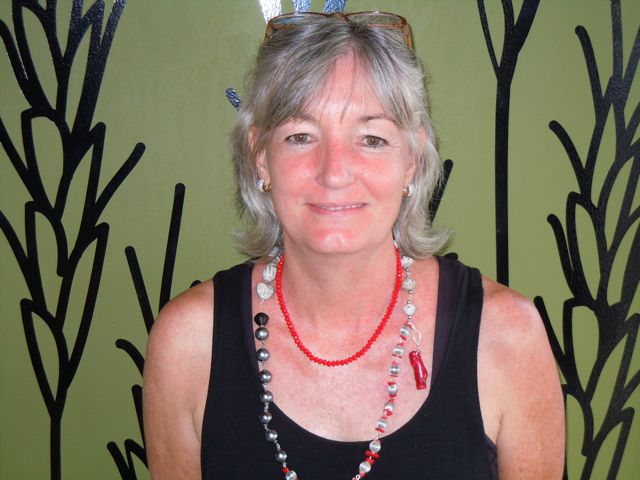What’s working and what’s not with diversity in the workplace. Do ERGs offer the kind of visibility that leads to career success? A must read.
In a recent conversation at an iconic Miami bookstore, the head of diversity at a large financial organization complained of the low level of attendance at the events put together by her Women’s Network. “It doesn’t matter what time or day of the week we do it, we can’t get over twenty five people. The largest attendance we’ve had recently was about forty people who showed up for a Yoga class,” she reported.

Unfortunately, it’s a complaint I’ve been hearing all too often. It begs the question: Have the Employee Resource Groups (ERGs), also known as Business Resource Groups (BRGs), Affinity Groups, Employee Networks, Diversity Councils, and so on, outlived their purpose? Or is it that their members can’t see the value proposition so clearly anymore because some of these groups have been slow to adjust to the new needs of diversity in the workplace?
Diversity in the workplace: What’s working and what’s not
Here’s what I think is happening. Many of the ERGs were started to provide a platform for people with diverse backgrounds to share their experience in corporations where they were in the minority. They offered a space to network and gain a certain amount of visibility within the organization. In companies where the groups afford opportunities to get noticed and potentially land sought-after positions, the ERGs are doing well. But in organizations that offer limited occasions for members to gain the kind of visibility that leads to career success, members quickly lose interest. In addition, when a specific demographic—such as women— reaches a large percentage of a company’s employee roster yet the percentage at the highest-ranking levels remains unchanged, frustration sets in and engagement and participation drop substantially.
In the last few years there’s been a shift towards Business Resource Groups (BRGs) as a way to refocus ERGs into bringing measurable value to their organizations and their membership. They were repurposed to help marketing identify potential consumer segments where various BRGs might have specific insights, to help develop products, and to participate more actively in increasing diversity in the workplace whether that entails helping recruit diverse talent or expand supplier diversity. Many BRGs currently make a major impact in their companies while at the same time offering a seat at the table to their most active members. (Needless to say that these groups have no problem driving attendance to their events.) On the other hand, those ERGs whose goals haven’t yet aligned with the career success of their members and the bottom line of their companies have seen their membership interest wane and their budgets cut.
What can you do to bring the groove back to your ERGs? Diversity in the workplace at its best
There’s no magic formula to increase engagement in your ERGs or attendance at the events they organize, but there are a few things that seem to work well for many organizations
- Get senior executives to sponsor the group and to show up and STAY at the events. It sends a poor signal when executives give the opening remarks and then leave. If you have to schedule your events around your sponsor, so be it.
- Invite executives from various areas of the company to your events so your members can network with them. It makes your occasion that much more attractive when members know they’ll be able to mingle with higher ups.
Diversity in the workplace and its relationship to career success - If your ERGs haven’t yet set goals beyond networking, guide them through the process. What other value can they offer to their members in terms of career success? How can the ERG open doors to diverse talent? How can they impact the company’s bottom line? How will they measure their achievements?
- Seek partnerships with ERGs of other companies in your industry or in complimentary ones. In recent years, cities like Chicago and New York have seen the emergence of strong coalitions of ERGs (such as the Latino Networks Coalition) that work together to achieve common goals such as increasing the number of students in STEM or improving partnerships between financial corporations and the education system. In addition, these coalitions leverage each other’s distribution list to drive higher attendance to their events.
- Link the goals and outcomes of your ERGs to the overall goals of your company to make them more attractive (and indispensable) for all stakeholders.
So if you’re seeking to increase the career success of your diverse talent you might want to rethink the value that your BRGs are offering to its members. Answering these questions might help you pinpoint trouble areas: Do the BRGs offer enough visibility opportunities for its most active members? Are they really valued within the organization at large? Are they working as isolated silos or are they cooperating with other BRGs within your organization and outside of it? Are they ROI driven?


















